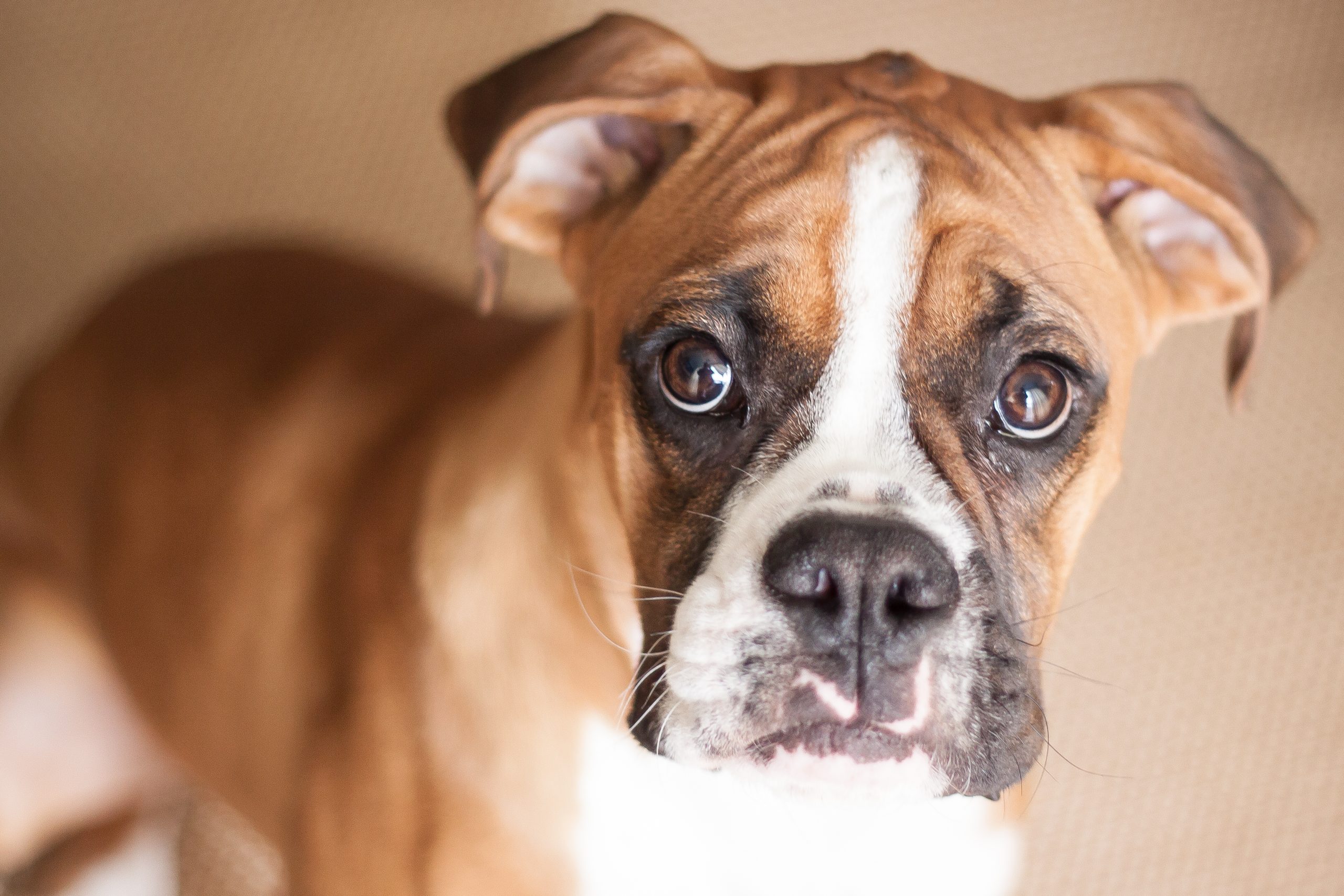Grooming for Specific Breeds or Coat Types
Grooming is an important part of caring for your dog. It not only keeps them looking their best but also helps to maintain their health and well-being. Different breeds or coat types require different grooming techniques and tools to keep them looking and feeling their best. This will review brushing, bathing, and grooming needs of several popular breeds based on their coat type.




Short-haired Dog Breeds
Examples of short-haired breeds
Short, smooth coats that are easy to maintain- Boxers
- Beagles
- Dobermans
Grooming Tips for short-haired breeds
Though they have shorter hair, they still require regular grooming to keep their coats shiny and healthy.- Brush at least once each week
- Use soft-bristled brush to remove loose hair and dirt
- Rubber grooming mitt helps distribute natural oils throughout their coat, giving it a healthy shine
Bathing Recommendations for short-haired breeds
- Don’t require frequent bathing as their short coats don’t accumulate a lot of dirt or oil
- When they get dirty, bathe with a gentle dog shampoo
Medium-haired Dog Breeds
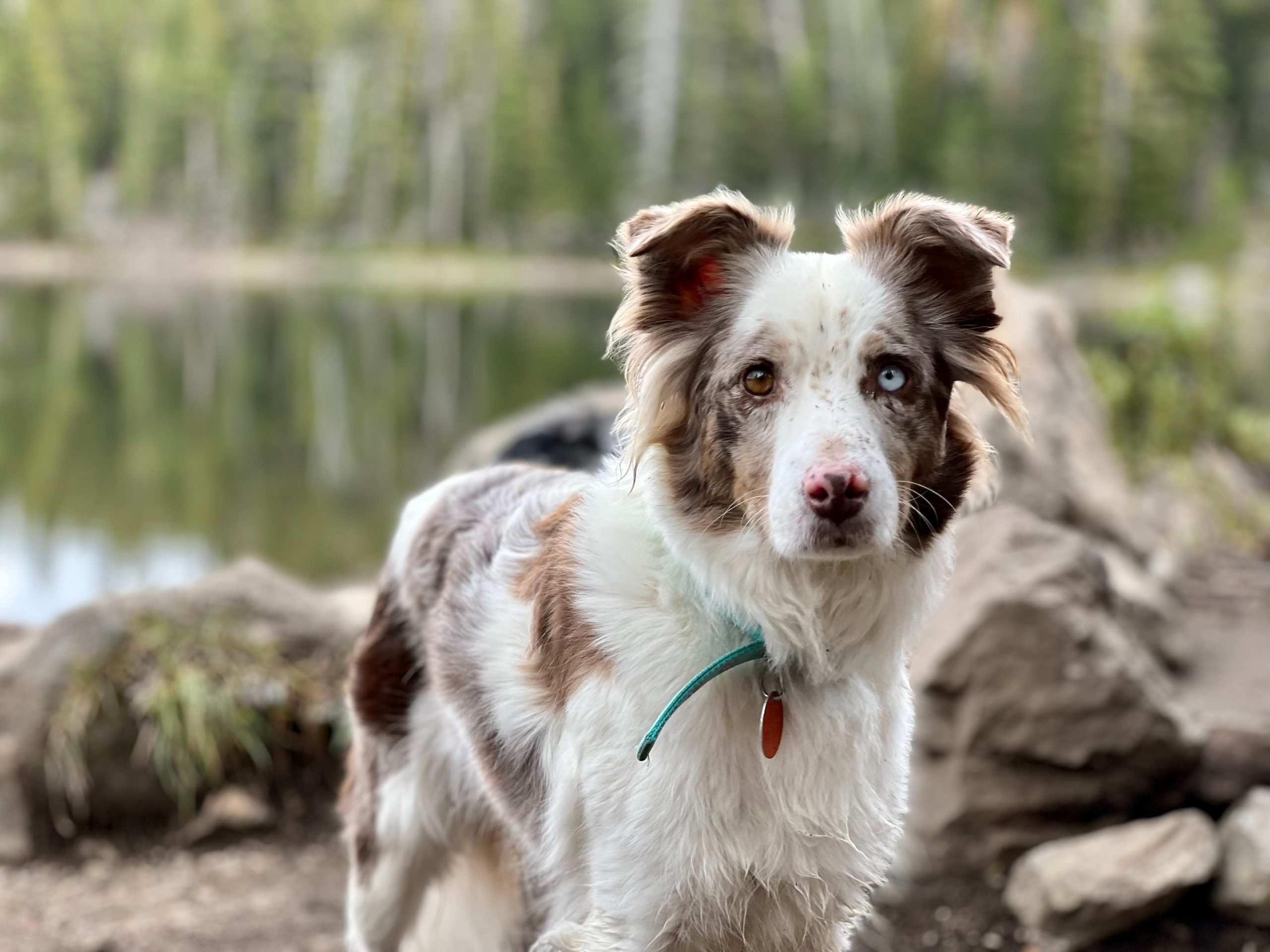
Examples of medium-haired breeds
Medium-length coats that require a bit more attention than short-haired breeds- Cocker Spaniels
- Australian Shepherds
- Huskies
Grooming Tips for medium-haired breeds
This breed and coat type requires more attention and a different technique- Brush at least twice each week
- Use pin brush to remove any tangles and mats
- Slicker brush can be used to remove loose hair and to smooth out the coat
Bathing Recommendations for medium-haired breeds
- Should be bathed every 4-6 weeks
- Use a mild dog shampoo
- Apply a conditioner to help detangle the coat and make it easier to brush
- Brush before and after bathing
Long-haired Dog Breeds
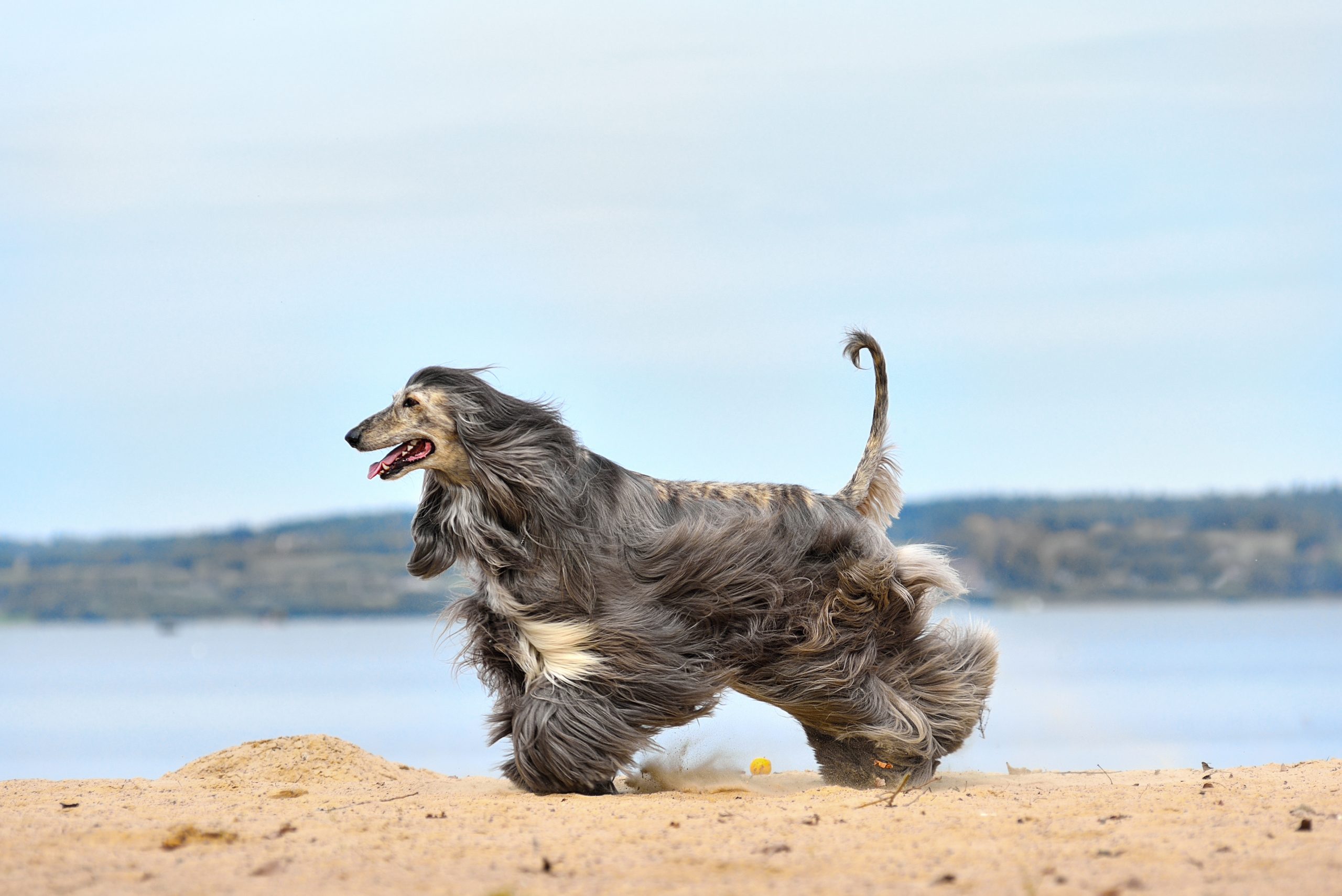
Examples of long-haired breeds
Long-haired breeds require the most attention when it comes to grooming- Shih Tzus
- Maltese
- Afghan Hounds
Grooming Tips for long-haired breeds
This breed requires daily attention for grooming and brushing- Brush daily
- Use slicker brush and comb to prevent tangles and matting
- De-matting tool can also be used to gently remove any mats or knots in the coat
Bathing Recommendations for long-haired breeds
- Should be bathed every 3-4 weeks
- Use a gentle dog shampoo and conditioner
- After a bath, a leave-in conditioner can be applied to keep the coat silky and smooth
Wire-haired Breeds
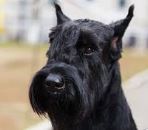
Examples of wire-haired breeds
A wiry, textured coat the requires special attention- Terriers
- Schnauzers
- Wirehaired Dachshunds
Grooming Tips for wire-haired breeds
This breed and coat type requires more attention and a different technique- Brush at least twice each week
- Use slicker brush to remove any loose hair and to prevent matting
- Stripping comb can also be used to remove dead hair and to keep the coat looking neat and tidy
Bathing Recommendations for wire-haired breeds
- Should be bathed every 4-6 weeks
- Use a dog shampoo specially formulated for their coat type
- After a bath, a leave-in conditioner can be applied to soften the coat and make it easier to brush
Curly-haired Breeds
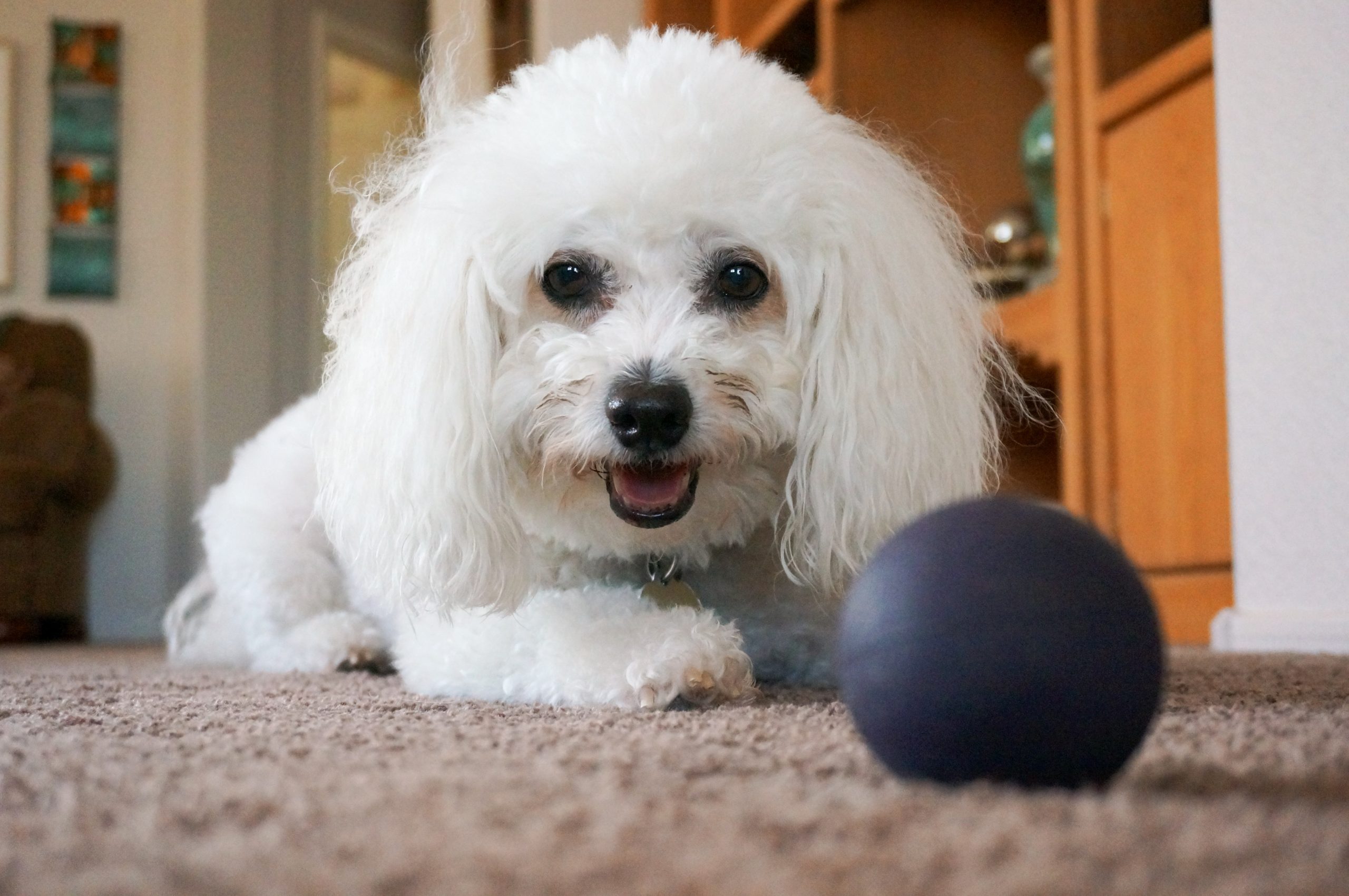
Examples of curly-haired breeds
Curly, wavy coats that require regular grooming to prevent matting and tangling- Poodles
- Bichon Frises
- Portuguese Water Dogs
Grooming Tips for curly-haired breeds
Regular grooming is necessary for this coat type- Brush at least once a week
- Use slicker brush and a comb to remove any tangles and mats
- A de-matting tool can also be used to gently remove any knots in the coat
Bathing Recommendations for curly-haired breeds
- Should be bathed every 2-3 weeks
- Use a dog shampoo designed for their coat type
- After a bath, a leave-in conditioner can be applied to keep the curls defined and moisturized



